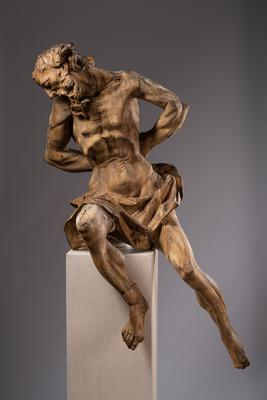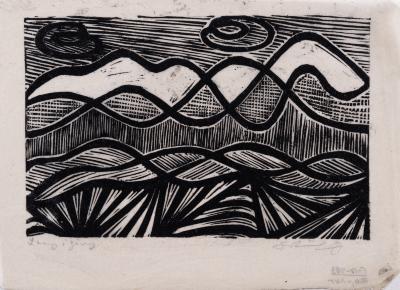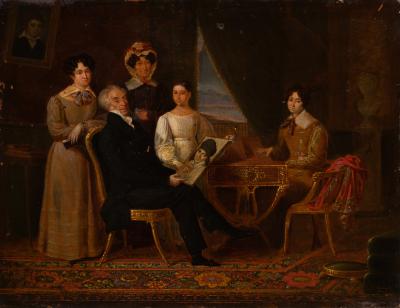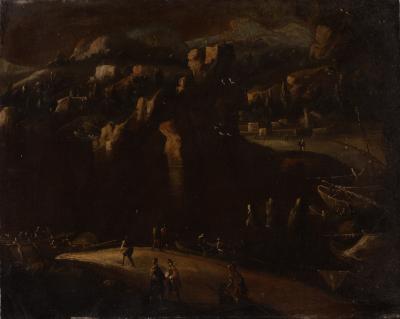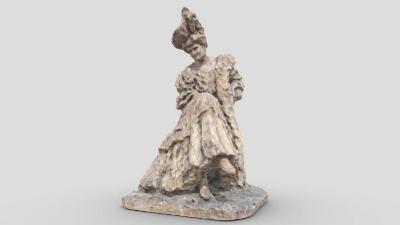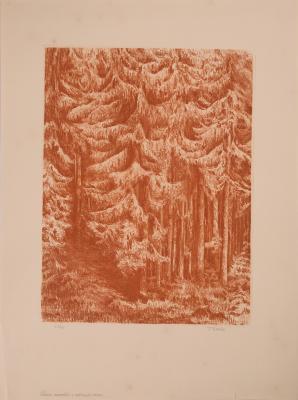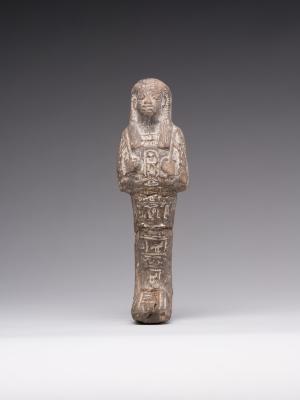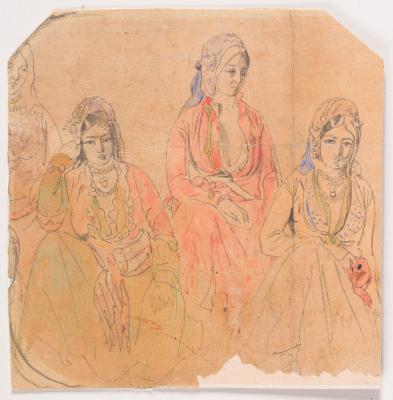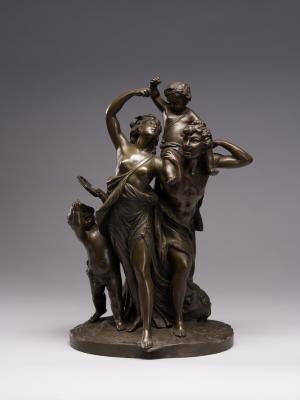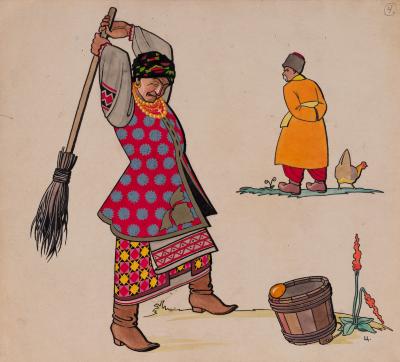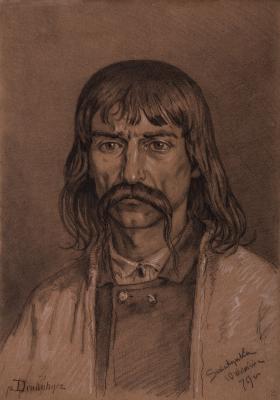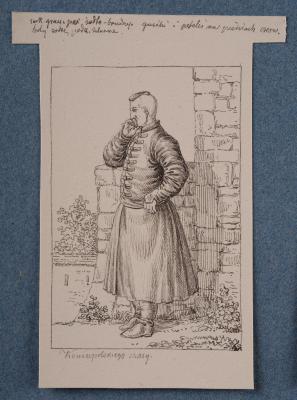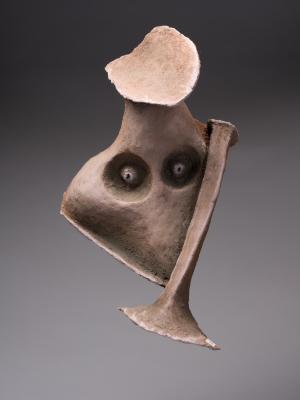The portrait is executed in a rich pastel and expressive manner. The figure is depicted against the backdrop of a restless sea, waves crashing against a high, rocky shore. Traditionally, the artist appeals to associative and symbolic scenery. The rough sea, for example, indicates a restless way of life and is meant to create a poetic, though harsh myth. The sea is also associated with the years when the portrayed individual was an ambassador of the Ukrainian People's Republic in Denmark. There is a certain tension in the figure of Dmytro Levytskyi, which reaches its apogee in his facial expression, which is quite complex in terms of physiognomy and emotion. The hands are not emphasized in this portrait, yet they seamlessly complement the image of the man. The aristocratic figure of Dmytro Levytskyi strikes with a refined coldness that is emphasized by the coldness of the austere landscape behind the figure. In the colouring, the artist balances ascetic outlines and character of the portrayed man with hot touches of red-ochre tones in the outlines of the rock and sea – in the background, and the chair, balcony, hands and face – in the foreground, which, in turn, creates a holistic impression of the composition. Dmytro Levytskyi (October 30, 1877, Dobryachyn, Austria-Hungary, – October 31, 1942, Bukhara, Uzbek SSR) was a Ukrainian social and political figure, lawyer, and Doctor of Law. At various times he was a diplomat for WUPR (West Ukrainian People's Republic), ambassador of UPR (Ukrainian People's Republic) in Copenhagen, editor of the newspaper Dilo (Action), chairman of UNDA (Ukrainian National Democratic Alliance), and ambassador to Polish Sejm.





